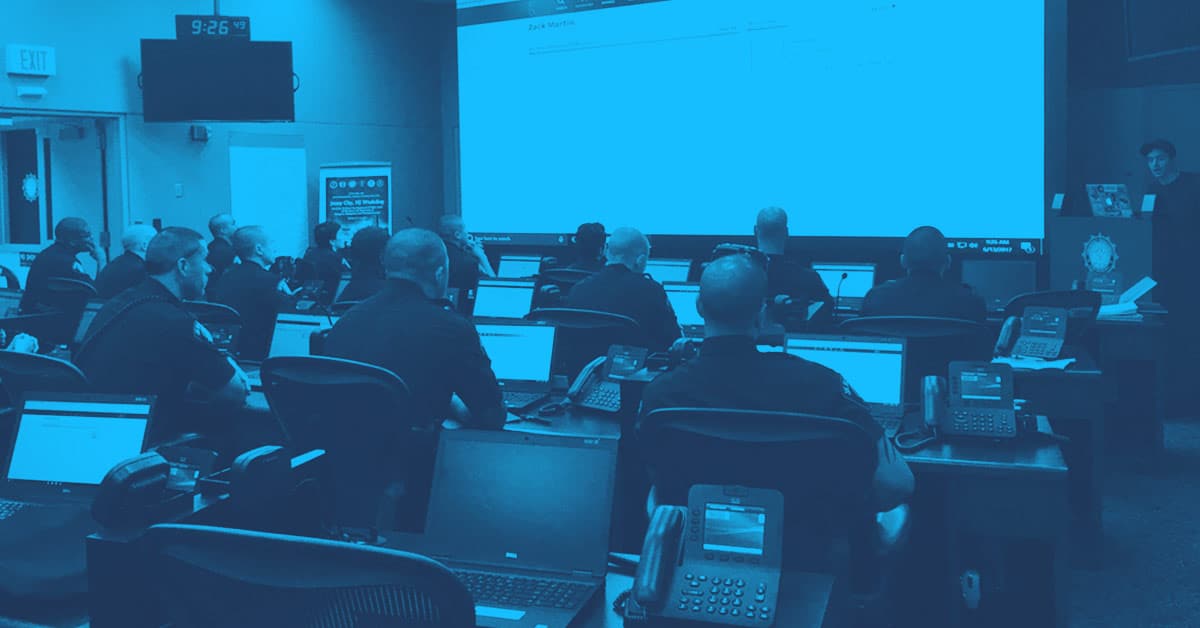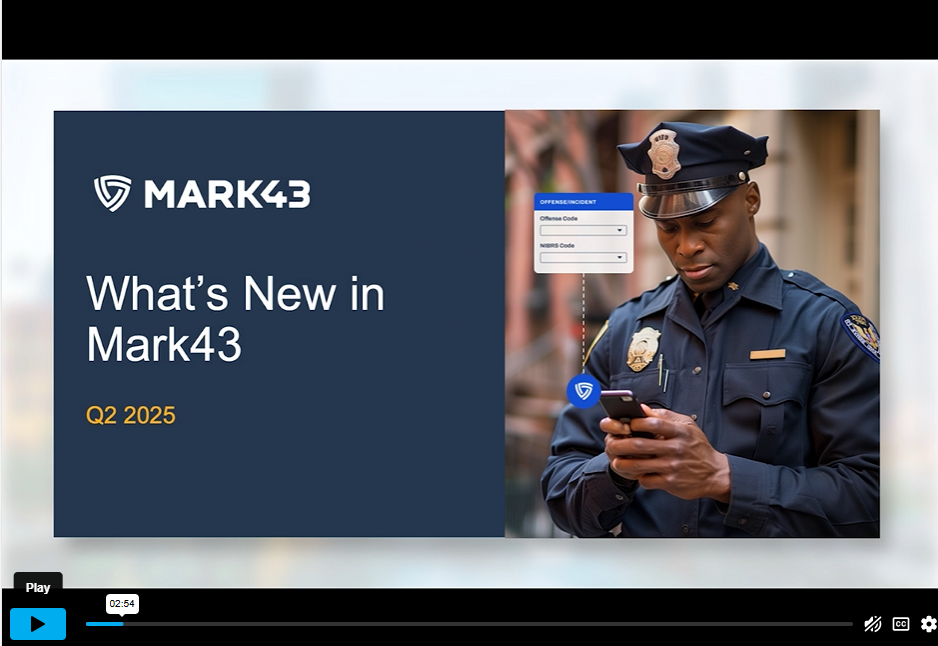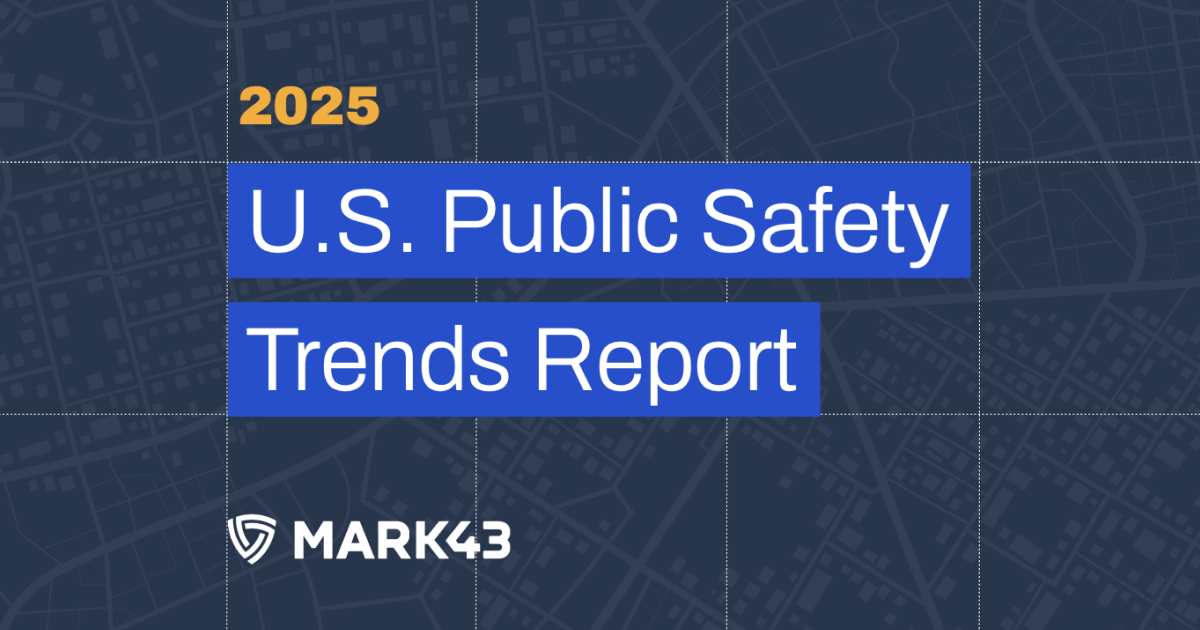
Teaching police recruits the basic value of data and the operational utility of crime analysis will prove to be public money spent for the public good.
Policy-makers, please take note: Teaching police recruits the basic value of data and the operational utility of crime analysis will prove to be public money spent for the public good.
Billions of public dollars are spent on real estate, buildings and technologies to collect, manage, analyze and communicate the many, many petabytes of data that police agencies generate. Fusion centers, real-time crime centers, CCTV and surveillance centers, mobile data terminals, or automatic vehicle location systems, are just a few of the capital assets.
Each of these cost millions of dollars to build or setup, plus more to maintain and staff. Added to these appropriations are the costs of computer-aided dispatch, records management systems, and predictive policing software, to name a few of the digital resources, which comprise a multi-billion dollar industry in the United States alone.
Elected officials clearly value data because they invest heavily in producing and preserving its related infrastructure. But there is an obvious void: investments in the human elements that make data actionable.
Far removed from the new buildings with walls of integrated flat screen TVs in roll-call rooms and on police patrol routes throughout America, exists evidence that data analysis is undervalued by line-level police officers, and even some commanders. Or, maybe the value of data is just overlooked and, therefore, underappreciated. Police of all ranks have a symbiotic relationship with data and analytical products. Every day data informs strategies, tactics and resource deployments. It aids criminal investigations, and is discoverable in courts of law. Data analysis informs command decisions and patrol activities that can directly affect officer safety, public safety, and police-community relations. Skilled analysts in police departments throughout the country turn ‘big data’ into ‘smart data’ and, when used wisely, these products offer insights to prevent crime and reduce risks. Many stakeholders use police administrative data to measure various aspects of success or failure.
Police officers are both the generators of original data and the end users of crime analysis. Yet, they are rarely, if ever, formally trained to preserve the integrity of data measures, to see value in datasets, or to fully harness the utility of analytical products. Largely missing from public spending is deliberate investments to teach police recruits the basic value of data and the operational utility of crime analysis for their personal and departmental interests.
Dr. Joel Caplan, Ph.D. is an Associate Professor at the Rutgers University School of Criminal Justice and the Deputy Director of the Rutgers Center on Public Security (RCPS). He specializes in geospatial analysis and collaborates with people and agencies across many fields to integrate geographic information systems (GIS) and spatial analysis into research and practice. Watch a quick video about how Dr. Caplan’s approach to spatial risk analysis, Risk Terrain Modeling, and how it is used in policing.








